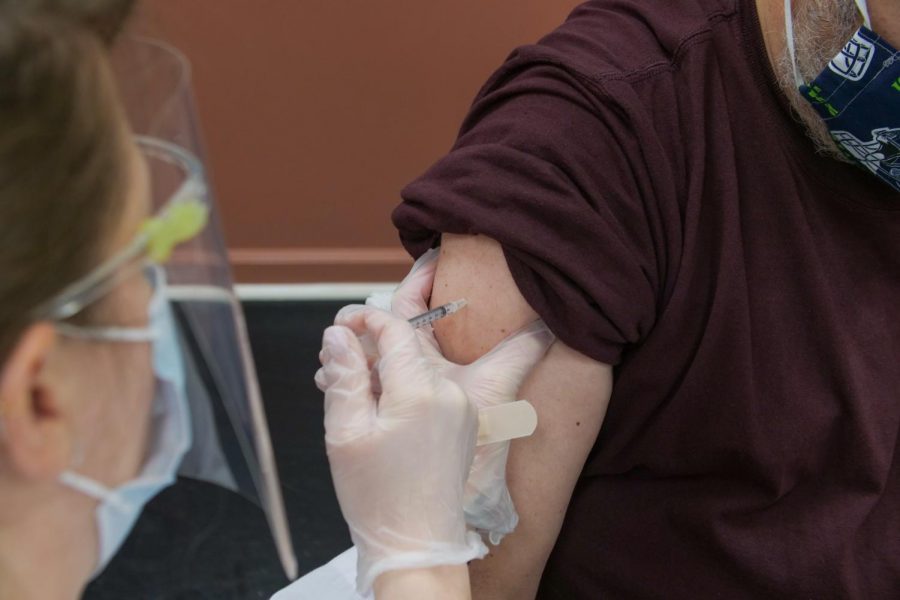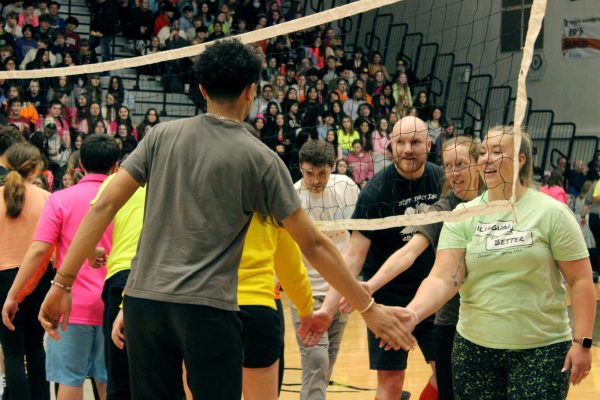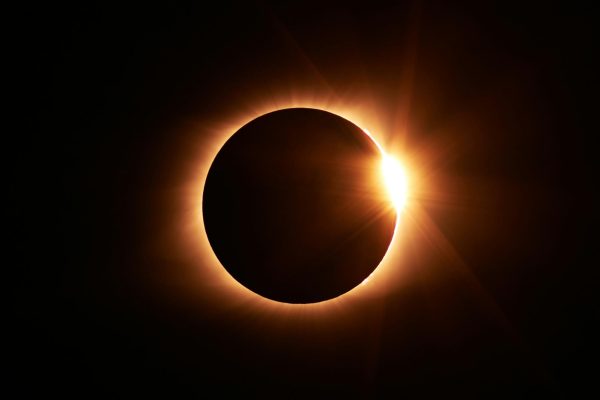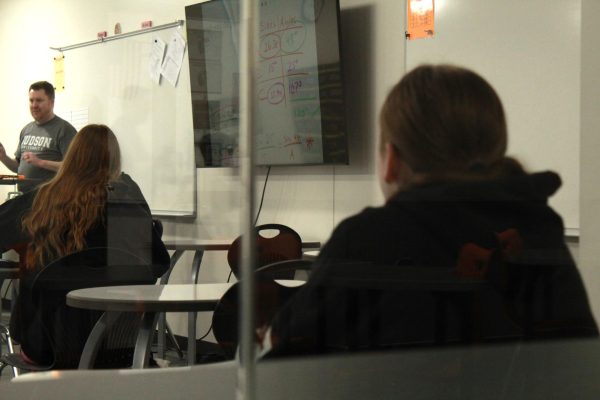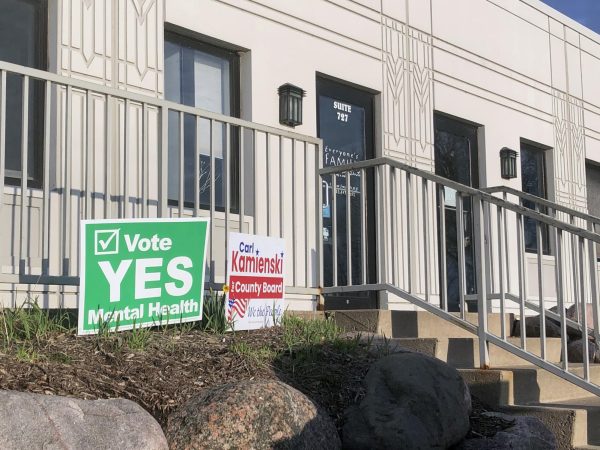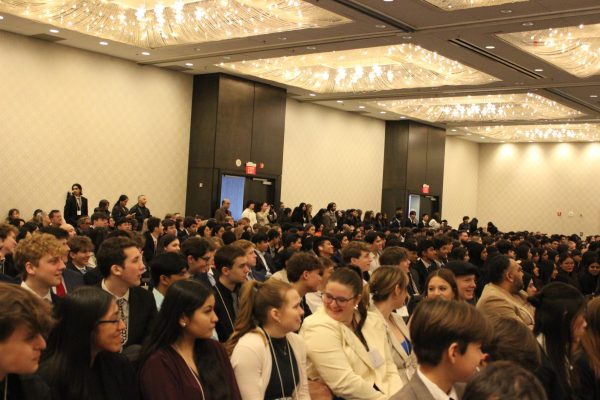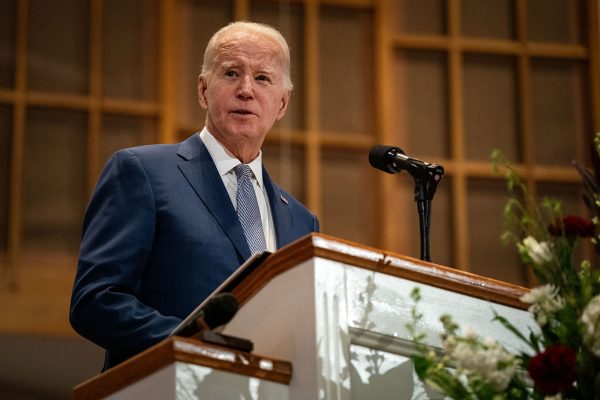Distribution of COVID-19 vaccines begins
With two promising coronavirus vaccines, the CDC outlines phases in which people will receive the vaccination
Steven Cornfield
Patient receives COVID-19 vaccine shot in Anchorage, AL. Frontline health workers were the first scheduled to receive the two COVID injections, which need to spaced several weeks apart.
January 26, 2021
Ever since the pandemic quarantined America, we have been waiting for something that would get us back to some semblance of normal. That hope is slowly becoming a reality as the COVID-19 vaccine had begun to be distributed across the country.
A vaccine must go through various stages of testing and ressearch before it can be approved for use by the public, the first of which is the exploratory stage. This stage is the start of lab research and usually lasts 2 to 4 years. However, during the race to find a cure for COVID-19, scientists produced safe and effective vaccines in record time.
The FDA gave authorization to Pfizer-BioNTech’s vaccine on December 11, 2020. A week later, the same authorization was given to the Moderna vaccine. Both vaccines have shown over 90% efficacy, or the ability to produce intended results. They require two doses which are to be administered several weeks apart.
Both vaccines have currently been authorized by the CDC in the United States to treat COVID-19 and have begun to be distributed across the country to people the CDC designated under Phase 1.
The CDC recommends that under Phase 1A of vaccine distribution, healthcare workers and residents of long-term care facilities should receive the vaccine first. This will help to prevent further spread of the virus, decrease death rates due to COVID-19, and reduce the already heavy burden on the healthcare system.
Phase 1B states that people older than 75 and essential frontline workers, including first responders, education professionals, food and agriculture plan employees, manufacturing employees, corrections officers, US postal service workers, grocery store workers, and public transit workers, should receive the vaccine. Phase 1C includes people 65 or older, those with underlying medical conditions with increased risk of serious, life-threatening complications under COVID-19, and all other essential workers.
Phase 2, which is the most recent of these phases, proposes a massive vaccination campaign for all people aged 16 or older.
Doctor Anthony Fauci states that 70 to 80 percent of the U.S. population needs to be vaccinated in order to achieve herd immunity. “Once you get rolling and get some momentum, I think we can achieve 1 million a day or even more,” Fauci said.



